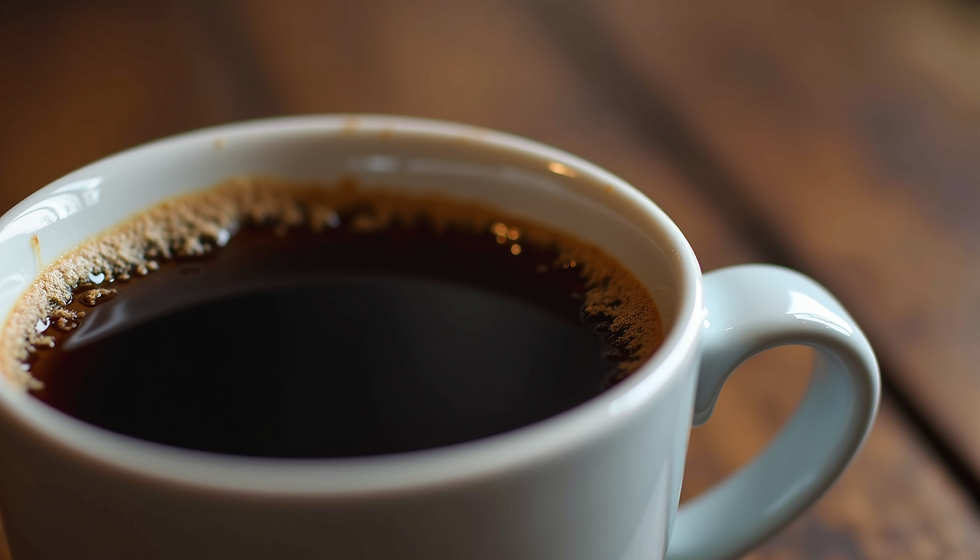Unraveling the Mystery: Behind the Scenes of Your Favorite Tobacco Products
- Toronto Cigar Collective

- Apr 25
- 4 min read

Tobacco products have a fascinating role in cultures worldwide, cherished by enthusiasts for centuries. From the rich, inviting aromas of hand-rolled cigars to the classic appeal of smoking pipes, the world of tobacco is as diverse as those who enjoy it. But what exactly goes into the making of these cherished products? Let's take a closer look at the tobacco journey, revealing the intricate processes that turn raw leaves into the blends we adore.
The History of Tobacco
Tobacco boasts a rich history that began with Indigenous peoples in the Americas, who considered it a sacred plant. It played a vital role in rituals and social gatherings, woven into the fabric of everyday life. After European explorers arrived in the 15th and 16th centuries, tobacco gained popularity globally.
As cultivation spread, the methods of consumption evolved. Cigarettes, cigars, and pipes emerged, each symbolizing various social statuses and lifestyles. For instance, during the 19th century, cigars became a status symbol for wealthy Americans, often associated with leisure and sophistication. Understanding tobacco's historical roots is key to appreciating how it has transformed over time.
The Growing Process
The journey of tobacco begins with cultivation, a phase critical to the quality of the final product. Tobacco plants thrive in warm climates, fertile soil, and ample sunlight—conditions that must be met for optimal growth. In the United States, North Carolina accounts for nearly 30% of the nation's tobacco production, showcasing different varieties that deliver unique flavors.
When the leaves reach maturity, they are meticulously harvested by hand. Each leaf needs careful handling to maintain its quality. After harvesting, the leaves undergo a curing process that can last from a few weeks to several months. This crucial stage affects the aroma and taste, setting the foundation for the final product.
Curing and Fermentation
After harvesting, the leaves enter the curing stage, essential for flavor development. Curing can take weeks or even months, with popular methods including air curing and flue curing. For example, air-cured tobacco from countries like Brazil is known for its sweet and mild taste, while flue-cured tobacco, often used in cigarettes, has a more robust flavor profile.
Next, fermentation begins. This critical step allows the leaves to break down sugars and develop richer flavors. Fermentation requires close monitoring of temperature and humidity, as precise conditions yield the best results. In fact, the fermentation process can remove up to 90% of the nicotine present in the leaves, enhancing the overall smoking experience.
Blending and Rolling
Once the leaves are cured and fermented, it’s time for blending. This process involves skilled artisans who mix various types of tobacco to achieve distinct flavor profiles. For instance, a master blender might combine Nicaraguan and Dominican tobaccos to create a unique cigar that balances sweetness and strength.
Rolling is the next step. For cigars, this includes wrapping the filler with a binder leaf before encasing it in a wrapper leaf. For example, a popular premium cigar brand typically uses a Connecticut wrapper known for its smooth draw and mild flavor. Each component contributes to the cigar's character, enhancing the overall experience.
Aging
Aging is a vital yet often overlooked stage. Similar to fine wines, tobacco benefits from maturation. During this period, flavors can mellow, integrating to create a smoother and more enjoyable product. Some premium cigars are aged for as long as 10 years in controlled environments, allowing for a rich development of flavors that can surprise even seasoned aficionados.
Discovering a well-aged cigar not only enhances pleasure but also underscores the time and effort invested in its development.
Packaging and Distribution
After aging, tobacco products are carefully packaged, particularly cigars, which require precise humidity management to ensure freshness. Packaging serves a dual purpose: protecting the tobacco and presenting the brand's identity. Premium brands often focus on aesthetics, recognizing that eye-catching designs can attract buyers.
Following packaging, the products make their way to retailers and consumers. The distribution phase is essential, as it ensures that these carefully crafted products reach both passionate enthusiasts and casual smokers.
Enjoying Your Tobacco Products
For cigar lovers, understanding the journey of tobacco products enhances the enjoyment of the smoke itself. Knowing the extensive processes behind the creation of your cigar or pipe tobacco adds depth to your experience.
The next time you take a puff, consider the rich history, meticulous cultivation, and artisan skills that shaped every aspect of the product you enjoy. Engaging with the world of tobacco fosters a deeper appreciation for your passions.
Celebrating the Journey of Tobacco
As we unravel the intricacies behind tobacco products, it becomes clear that they are much more than mere indulgences. Each cigar or pipe of tobacco carries a narrative rich in tradition, craftsmanship, and respect for the land. Embrace the flavors and aromas not just as sources of enjoyment but as celebrations of the dedication and artistry behind each leaf. Until next time, enjoy your smoking experience!




Comments